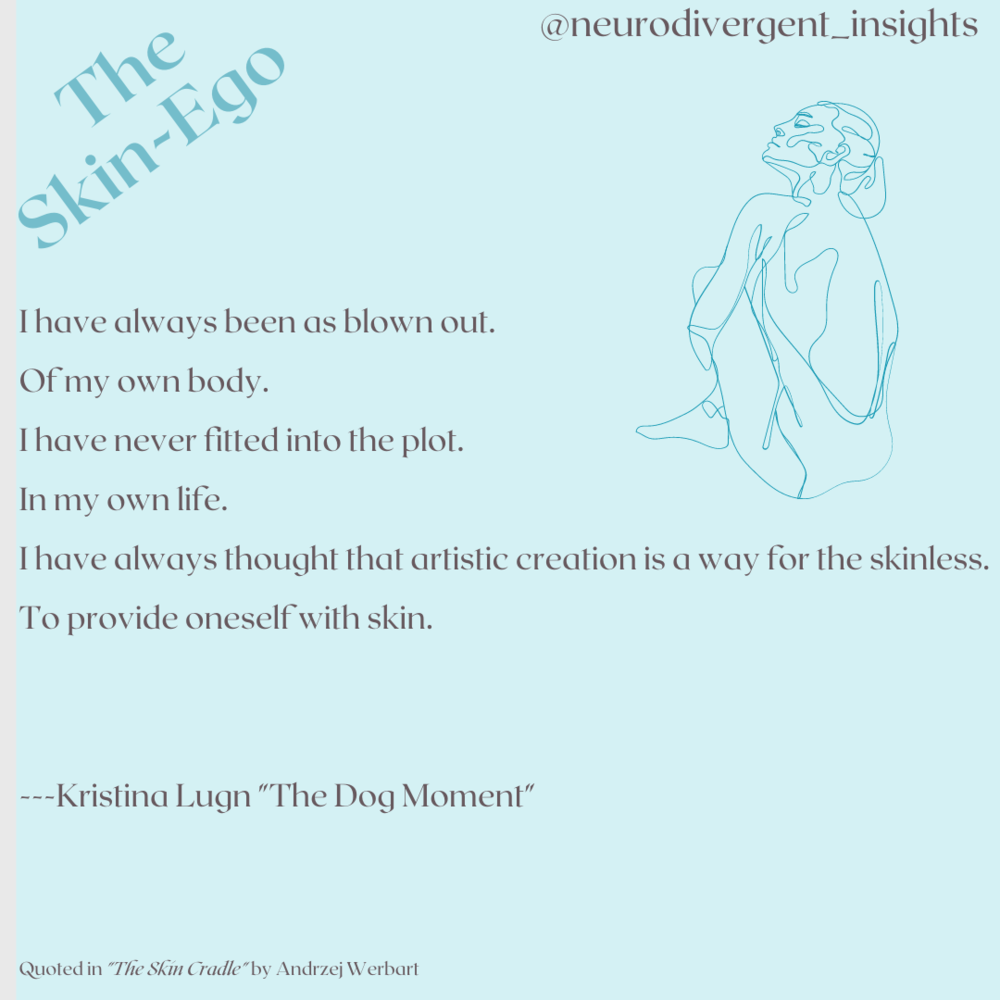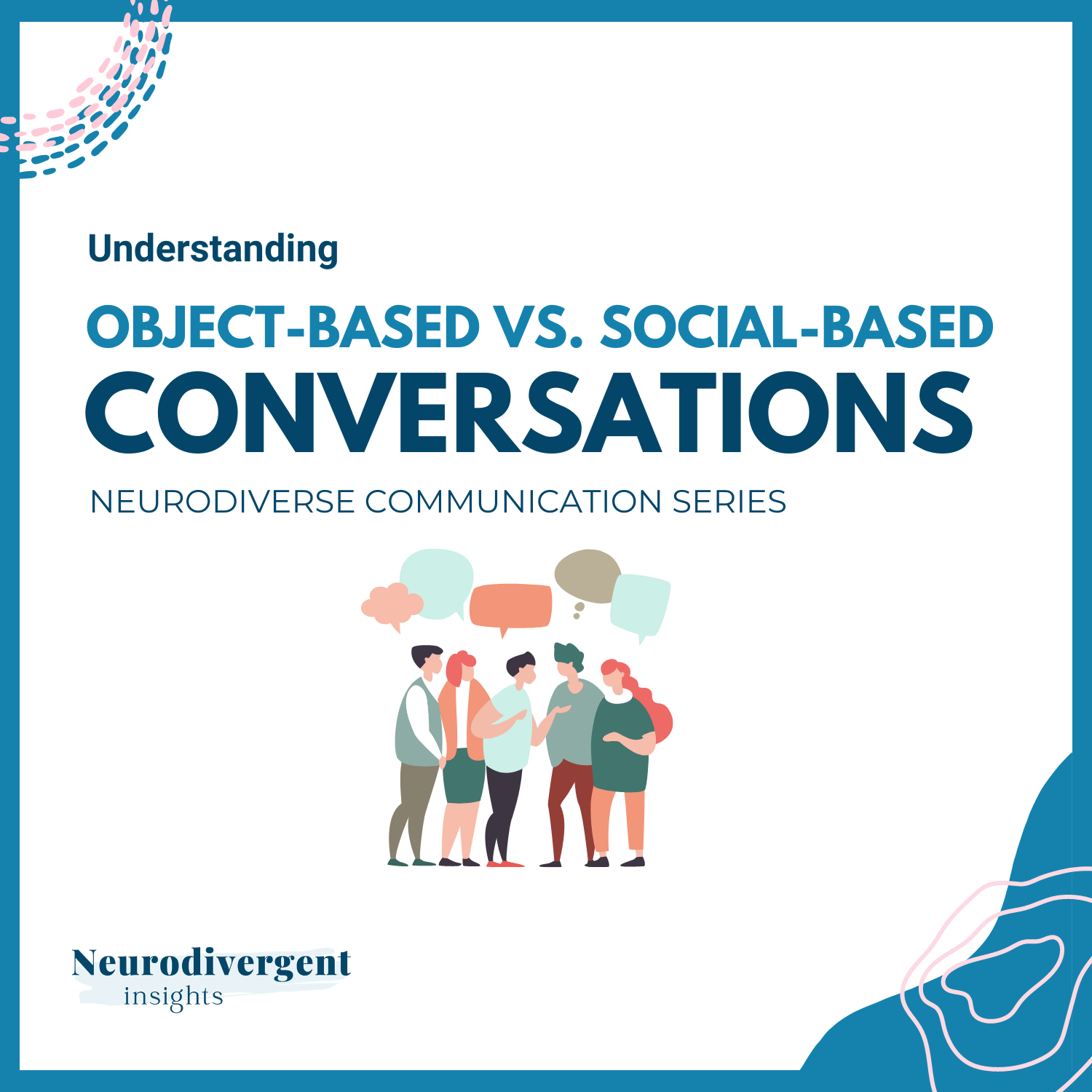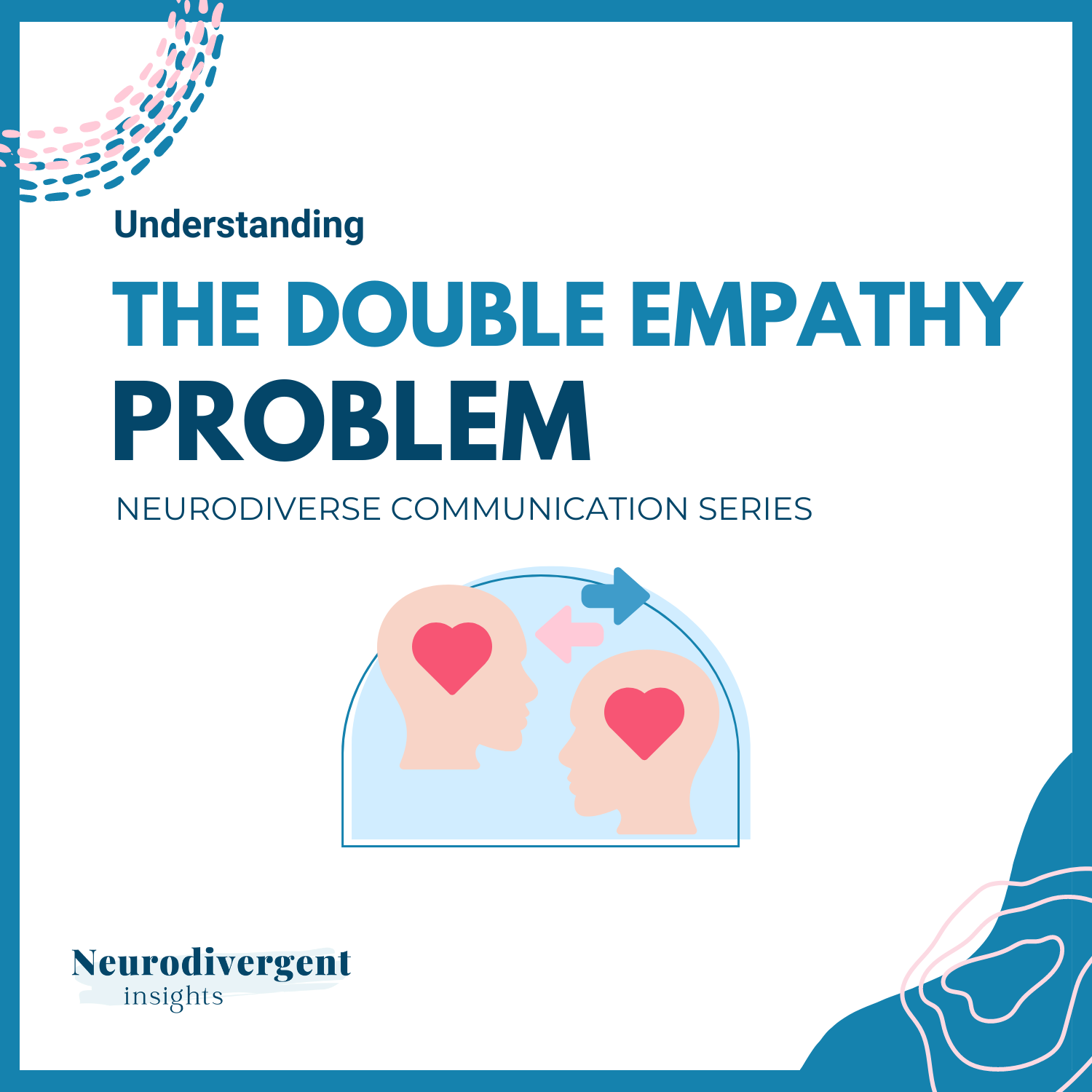
The Skin Ego
This week I’ve been working on an academic article that will explore autism from a psychoanalytic perspective. I have gone down a rabbit trail learning about the skin-ego (the “psychic envelope”) and am finding it a rich playground of ideas!
What is the “Skin-Ego”?
According to Sigmund Freud, the first ego to develop in a child is the “body ego.” He says that the body is the first part of the child to begin differentiating between “me” and “other.” Didier Anzieu, French psychoanalyst and professor of psychology, took Freud’s theory a step further by saying the first ego is the “skin-ego,” the “mirror of the soul,” or the “cradle of the skin.”
The skin is the first thing that teaches differentiation. It teaches what is me and what is you. It teaches where I stop and you begin. But what happens when our skin fails us? When our skin is porous-and everything gets in? What happens when the skin, the organ that provides psychic containment, fails to provide containment?
Autism and the Skin
As an autistic person, my skin often fails me. It fails to keep the world out. The world penetrates me. My skin fails to provide psychic containment, and so I craft artificial skin. My routines, my special interests, my repetitions, my rituals, and my art. I have carefully crafted an artificial skin that will provide protection to my very porous skin that lets everything in. Everything. The smells, the sounds, and the lights strike to the core of my nervous system. Your emotions—positive, negative, even neutral—insert themselves into me. To live with porous skin is to be perpetually intruded upon.
Within the mental health world, it is not uncommon to hear that the goal of treatment is for the client to become “less rigid.” While psychological flexibility can be an incredibly beneficial thing. Before addressing “rigidity”, I hope people are pausing to consider the function that rigidity may be serving. Sometimes a person’s rigidity—the routines, rituals, and rigid, “fixed” interests—are the artificial skin providing containment. Sometimes, to take away the rigidity is to take away the artificial skin that protects the porous, penetrable skin.
Conclusion
Thank you @leonbrennercom for being the initial person to get me thinking about autism, psychoanalysis, and skin as psychic containment. He provided a great talk on his theory of the “Dermo Drive” which you can watch here.
This post was proofread by Grammarly, my go-to for proofreading and catching all the details I naturally miss! Grammarly is entirely free to use. Click here to give it a try.
Featured











